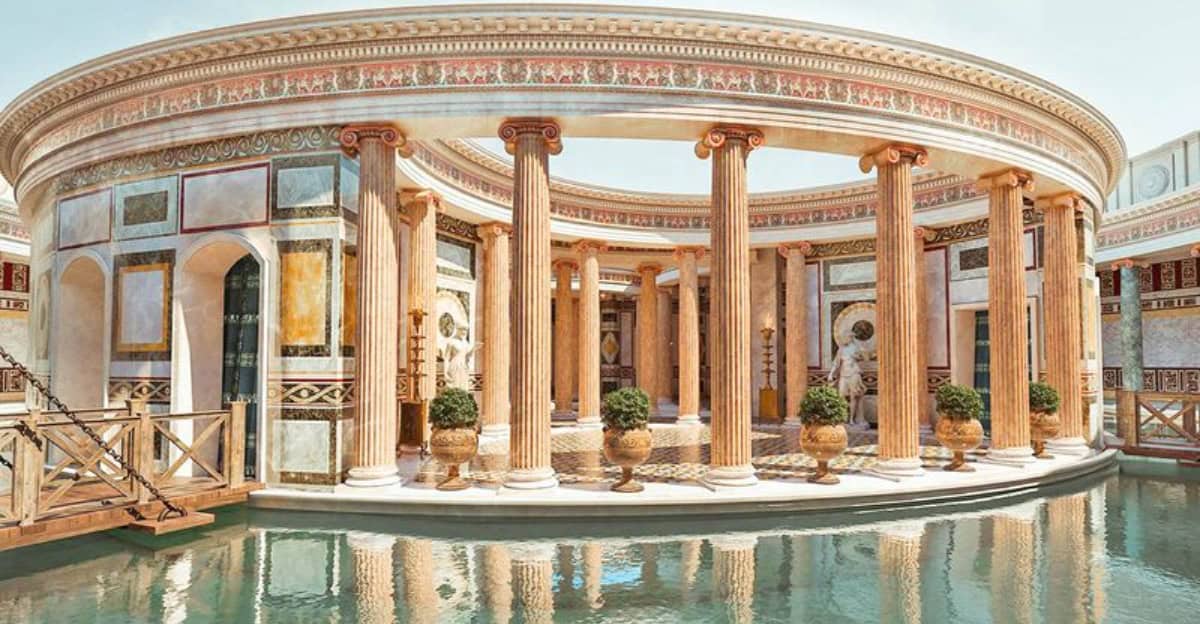Ancient Roman villas are more than just architectural marvels; they are timeless relics that offer a glimpse into the luxurious lifestyles of the Romans.
These magnificent structures have withstood the ravages of time, showcasing intricate designs, opulent decorations, and sophisticated engineering.
Each villa tells its own story of grandeur and historical significance, providing insights into Roman life, culture, and innovations.
Join us as we explore 10 of these stunning villas, each with its unique charm and enduring legacy.
1. Villa of the Mysteries
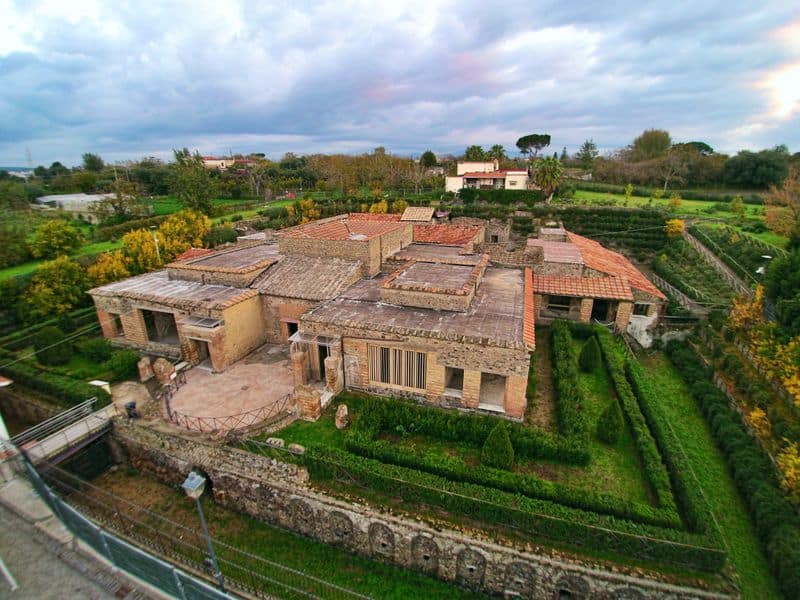
The Villa of the Mysteries, nestled on the outskirts of Pompeii, is famed for its stunning frescoes. These vivid artworks depict mysterious rituals, offering insights into Roman religious practices.
The villa’s architecture reflects the opulence of its time, with spacious rooms and intricate mosaics. Visitors marvel at the vibrant colors that have remarkably survived volcanic devastation.
This villa serves as a testament to the artistic mastery of Roman artisans. Its preservation allows historians to study Roman life and culture extensively.
Wandering through its halls, one can almost hear the echoes of ancient ceremonies and gatherings.
2. Villa Adriana
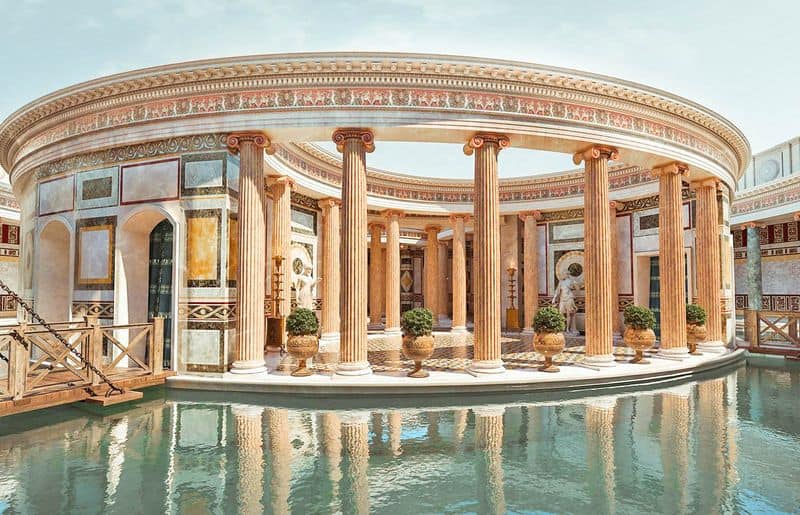
Villa Adriana, located in Tivoli, was the magnificent retreat of Emperor Hadrian. This sprawling estate showcases the emperor’s eclectic taste in architecture, blending Greek, Egyptian, and Roman styles.
The villa’s design includes opulent baths, extensive gardens, and serene fountains, creating a tranquil haven away from Rome’s hustle.
The complex is a UNESCO World Heritage site, preserving Hadrian’s architectural vision. Each structure within the villa tells a part of Hadrian’s story, reflecting his love for culture and innovation.
3. Villa Romana del Casale
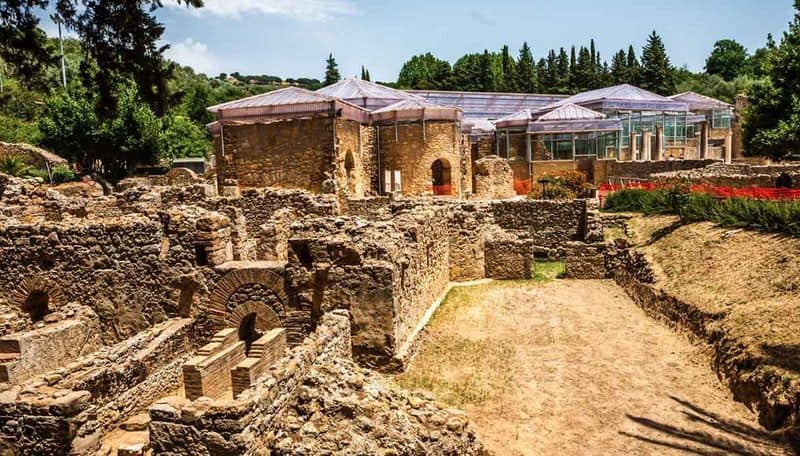
Nestled in Sicily, the Villa Romana del Casale is renowned for its exquisite mosaic floors.
These detailed mosaics cover nearly every surface, depicting hunting scenes, mythological tales, and daily Roman life. The villa exudes luxury and sophistication, reflecting the wealth of its original owners.
As a UNESCO World Heritage site, it offers invaluable insights into Roman art and culture. The preservation of such intricate designs allows historians to appreciate the craftsmanship of Roman artisans.
Visitors are transported back in time, walking amidst the splendor of ancient Roman luxury.
4. Villa Jovis
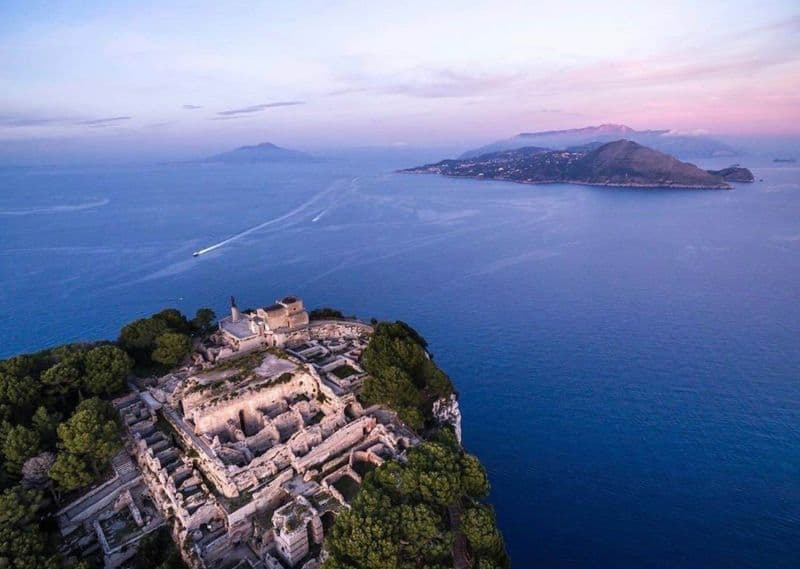
Perched on the cliffs of Capri, Villa Jovis was Emperor Tiberius’s secluded imperial residence. The villa offers breathtaking views of the sea, embodying Roman luxury and strategic location choices.
Its architecture reflects the emperor’s need for privacy and security while maintaining opulence.
The ruins reveal a complex of baths, halls, and terraces once filled with lavish banquets and imperial meetings.
Walking through Villa Jovis, one can imagine the emperor contemplating decisions that shaped the Roman Empire, all while surrounded by unparalleled natural beauty.
5. Villa Poppaea
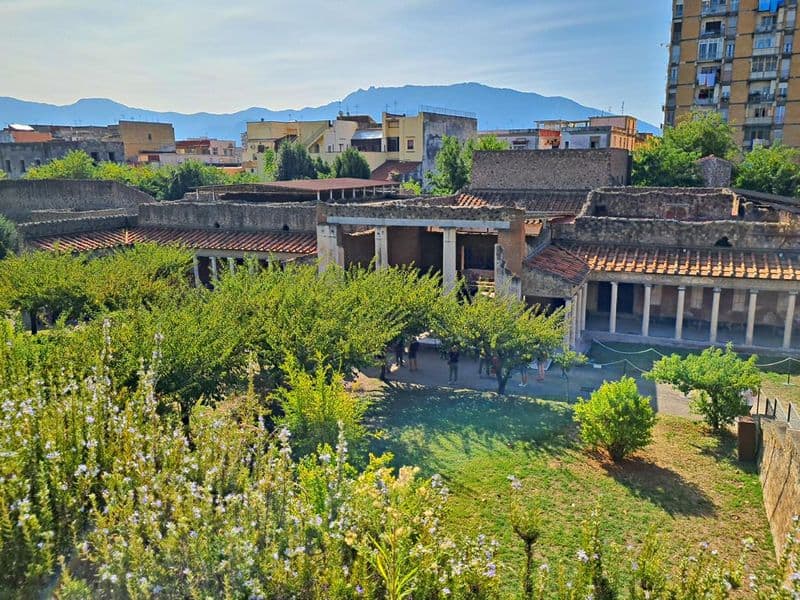
Villa Poppaea, located in Oplontis, is attributed to Emperor Nero’s second wife, Poppaea.
This villa is famed for its luxurious gardens and beautifully frescoed walls, exemplifying the Roman elite’s lavish lifestyles.
The architectural design prioritizes both privacy and entertainment, with spacious courtyards and elegant rooms.
The villa’s well-preserved frescoes offer a glimpse into the artistic preferences of ancient Rome.
6. Villa Rufolo
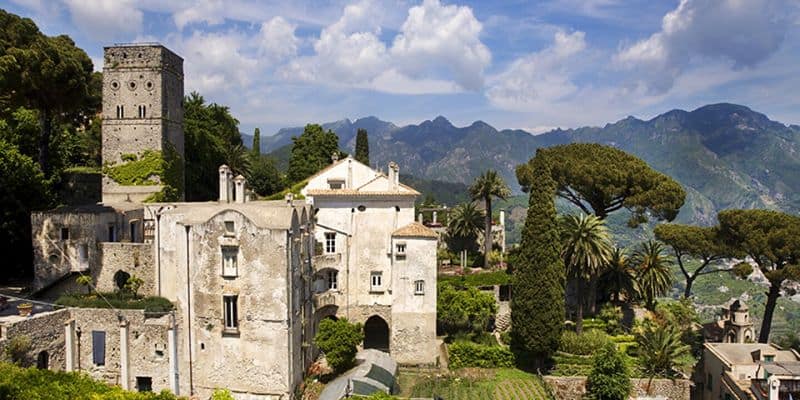
Villa Rufolo, though primarily medieval, has origins tracing back to Roman times.
Located in Ravello, it overlooks the stunning Amalfi Coast, offering breathtaking views and lush gardens.
The villa’s architecture showcases a blend of Roman and medieval influences, creating a unique historical tapestry.
Visitors enjoy exploring its terraces and marveling at the panoramic vistas. The villa’s enduring beauty and historical significance make it a cultural landmark.
Villa Rufolo is a testament to the lasting impact of Roman architectural ingenuity, harmoniously blending with later historical periods.
7. Villa of the Papyri
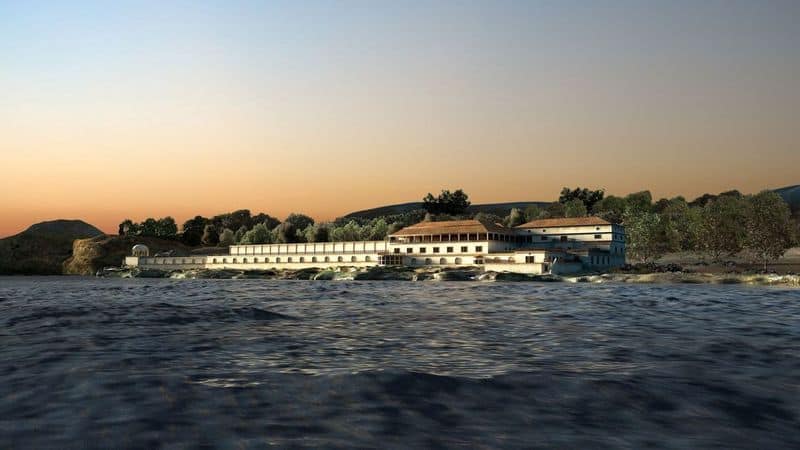
Nestled in Herculaneum, the Villa of the Papyri is famed for its vast collection of scrolls.
This luxurious villa, attributed to Julius Caesar’s father-in-law, is a treasure trove of ancient texts.
The eruption of Mount Vesuvius preserved it under layers of ash, offering a unique glimpse into Roman intellectual life.
The villa’s architecture is grand, featuring gardens, pools, and an impressive array of statues. Its proximity to the Bay of Naples provided stunning views, enhancing its allure.
The discovery of charred scrolls here has contributed immensely to our understanding of Roman literature.
Efforts continue to decipher the scrolls, promising future revelations. The Villa of the Papyri remains a symbol of the cultural richness of Roman society.
8. Villa dei Quintili
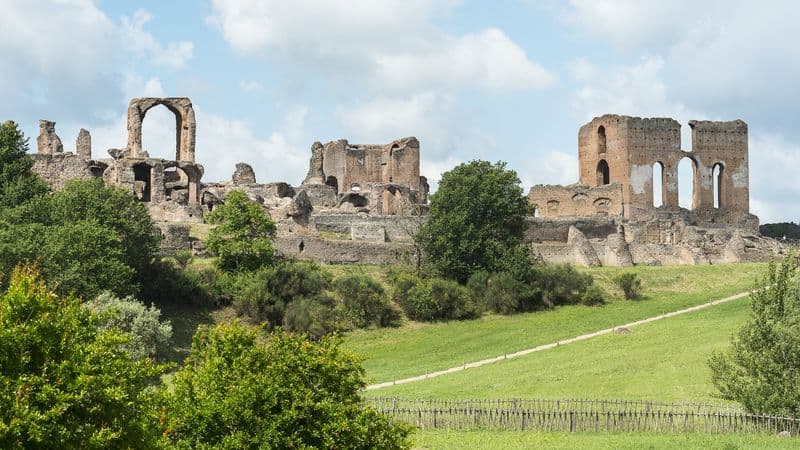
Situated along the historic Via Appia, the Villa dei Quintili is a testament to Roman luxury. Its vast expanse and opulent design made it a coveted residence.
Built in the 2nd century AD, this villa boasts intricate frescoes and expansive bath complexes, revealing the lifestyle of Rome’s elite.
The villa’s architectural innovation is evident in its sprawling gardens and elegant courtyards.
Today, it stands as a museum, inviting visitors to explore its ancient rooms and admire the remnants of its grandeur. The preservation efforts have allowed the villa to remain a window into the past.
9. Villa Livia
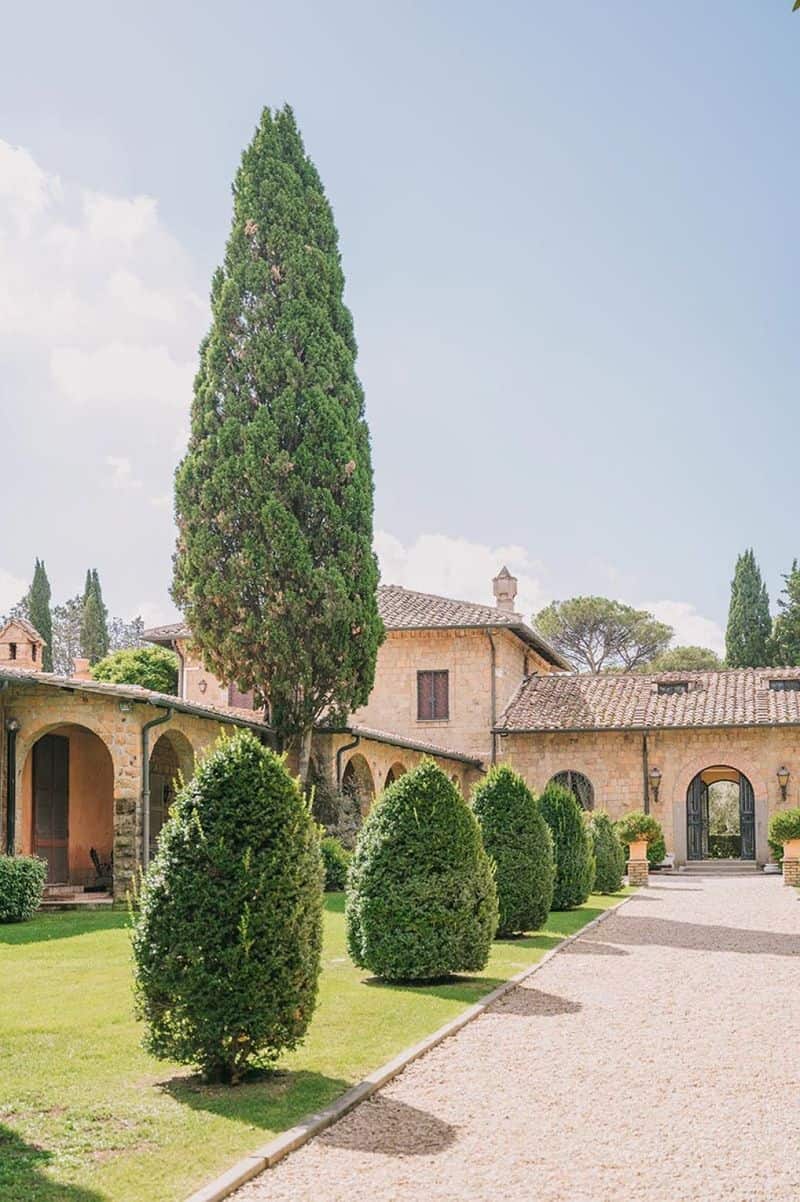
Villa Livia, located in Prima Porta, was the residence of Emperor Augustus’s wife, Livia Drusilla. The villa is renowned for its beautifully frescoed walls and lush gardens, epitomizing Roman elegance.
Its design combines functionality with aesthetic appeal, showcasing Roman architectural mastery.
The villa’s gardens, depicted in famous frescoes, provide insights into Roman horticultural practices.
As visitors explore, they are transported to a time of imperial grandeur and domestic sophistication. Villa Livia remains a symbol of the refined tastes and domestic bliss of Roman elite life.
10. Villa San Marco
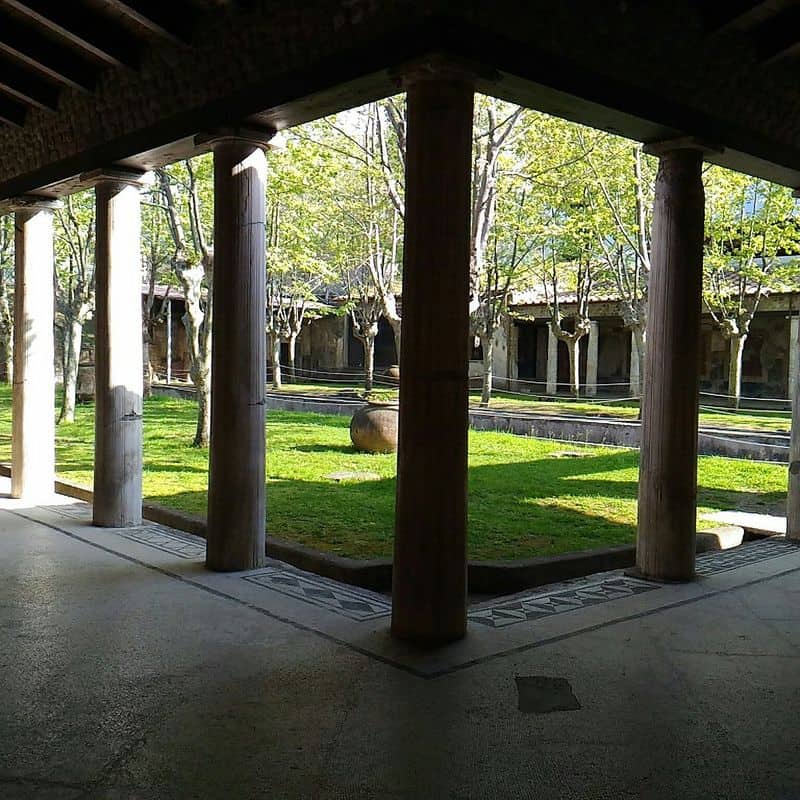
Overlooking the Gulf of Naples in Stabiae, Villa San Marco offers a glimpse into the leisurely lifestyle of wealthy Romans.
This villa, with its panoramic views and luxurious design, embodies the blend of comfort and elegance sought by its owners.
The villa’s highlights include stunning frescoes and an impressive peristyle garden.
These features not only provided aesthetic pleasure but also reflected the importance of nature in Roman architecture. The villa’s preservation allows us to appreciate these artistic achievements today.
Walking through Villa San Marco, visitors can admire the vivid colors and detailed artistry of the frescoes. The open spaces and garden areas emphasize relaxation and luxury, transporting visitors back to the heyday of Roman opulence.

